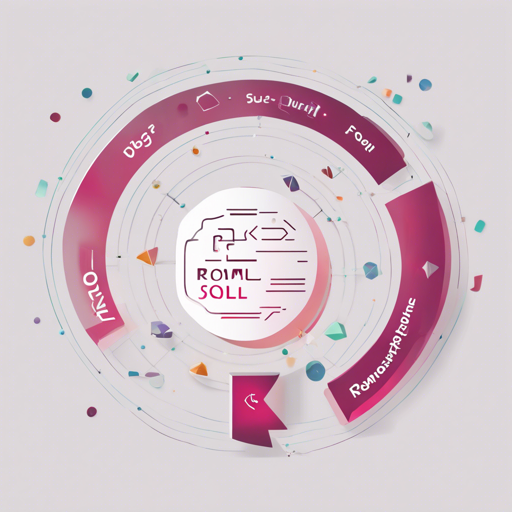The rom-sql gem is a powerful tool that allows Ruby developers to interact with SQL databases in a more efficient and structured manner. This gem is part of the ROM (Ruby Object Mapper) ecosystem, which promotes a clean approach to data mapping and manipulation. In this blog post, we will guide you through the steps to use rom-sql effectively, along with some troubleshooting tips to ensure smooth sailing on your development journey.
Getting Started with rom-sql
To start using rom-sql, you’ll need to have Ruby installed, and it’s advisable to use one of the officially supported versions:
- MRI (Matz’s Ruby Interpreter) version 2.5
- JRuby version 9.2
Once you have the appropriate environment set up, you can install the gem with the following command:
gem install rom-sqlUnderstanding rom-sql with an Analogy
Imagine you are a chef in a bustling restaurant, and your job is to prepare delicious meals for the guests. You have a well-organized kitchen (your SQL database) with different stations for assembling salads, cooking meats, and baking desserts. However, simply knowing how to cook isn’t enough. You need a trusted recipe book (the rom-sql gem) that guides you through the process of selecting ingredients, combining them correctly, and ensuring every dish turns out perfect every time.
In this analogy, the rom-sql gem acts like that reliable recipe book. It provides you the tools to connect to your kitchen (the database), fetch the right ingredients (data), and prepare your dishes (perform RM operations) efficiently without any chaos.
Basic Usage of rom-sql
Here’s how you can use the rom-sql gem effectively:
- Establishing a connection to your database.
- Defining your data structures and relationships.
- Performing CRUD operations through a clean API.
Here’s a brief example to get you started:
require 'rom'
require 'rom-sql'
rom = ROM.container(:sql, 'sqlite::memory') do |container|
container.relation(:users) do
schema(infer: true)
end
end
Troubleshooting Tips
If you encounter issues while using the rom-sql gem, here are some troubleshooting ideas:
- Ensure you are using a supported version of Ruby. Check the compatibility with the command:
ruby -v. - Make sure you have installed all necessary dependencies. Running
bundle installcan help. - If specific errors arise, consult the user documentation or raise questions in the community chat.
For more insights, updates, or to collaborate on AI development projects, stay connected with fxis.ai.
Conclusion
In this article, we’ve explored how to effectively utilize the rom-sql gem for database interactions within your Ruby applications. By understanding its usage and potential pitfalls, you can leverage this gem to build more efficient and structured data-driven applications.
At fxis.ai, we believe that such advancements are crucial for the future of AI, as they enable more comprehensive and effective solutions. Our team is continually exploring new methodologies to push the envelope in artificial intelligence, ensuring that our clients benefit from the latest technological innovations.

